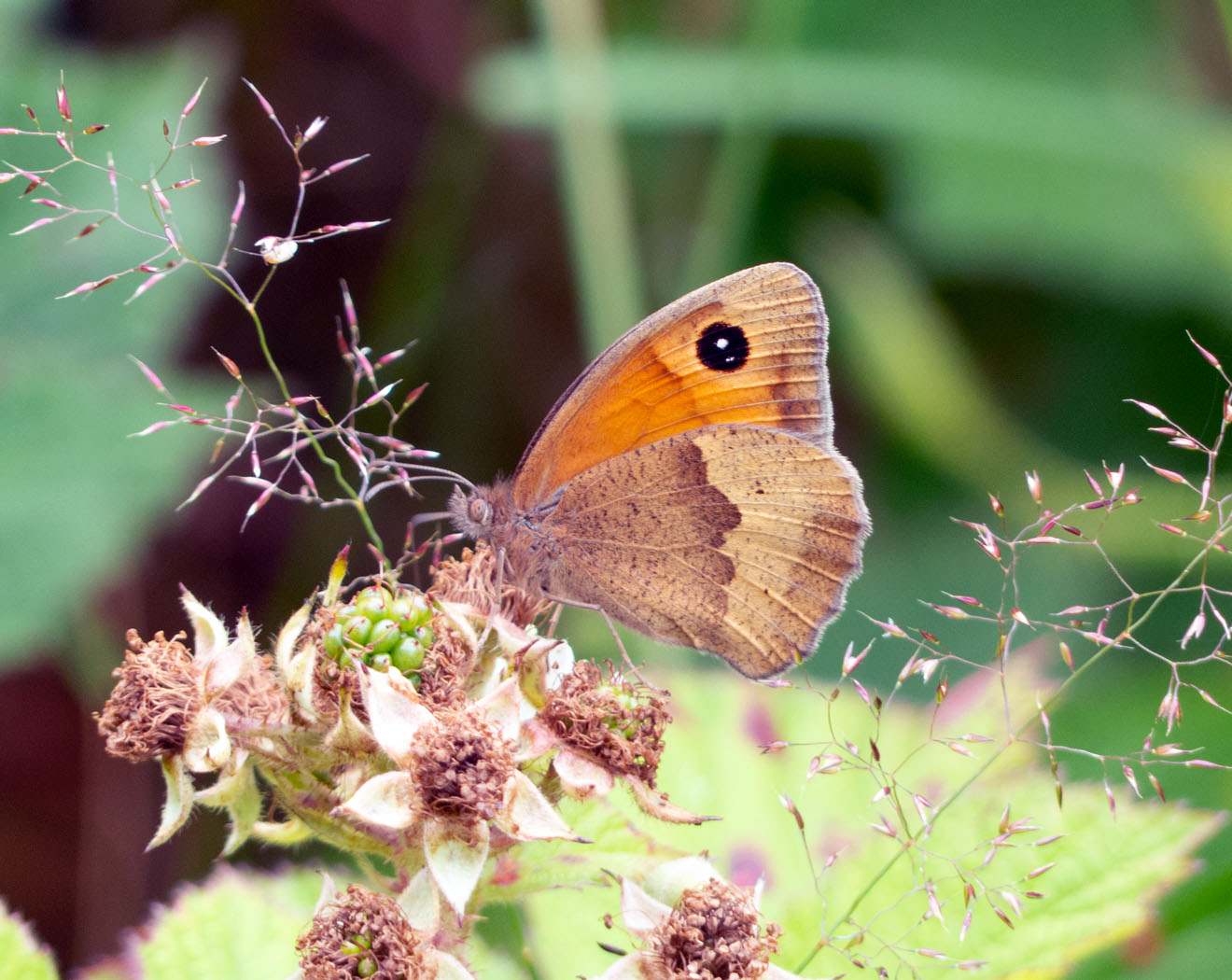Our field visit this Saturday morning was to the Denby Delf nature reserve, managed by the Garganey Trust, near Upper Denby, just over the Barnsley border from Ingbirchworth and Gunthwaite.
It’s made up of meadows, heathland, acid grassland, scrub and woodland in old quarry workings. The reserve has spectacular views over to Emley Moor and down the Dearne Valley. https://garganeytrust.org.uk/reserves/denby-delf/
The meadow was unmown and there were still orchids, just going over. There were lots of speckled wood, meadow brown and ringlet butterflies. Birds included yellowhammer, skylark, and meadow pipit; plants common spotted orchid, yellow rattle, tormentil etc. And much more. A brilliant site and well worth coming again!
Images: Chris Tomson


















